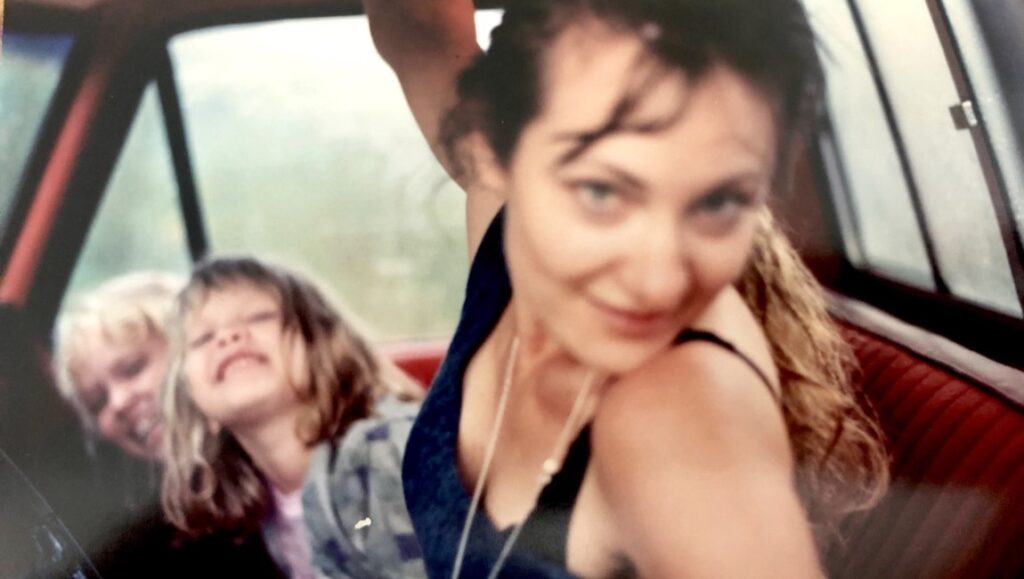The central message behind Nancy Reagan’s “Just Say No” campaign in 1982 was this: if an individual could say no to drugs, there were other individuals who willingly agreed to them. If the addict could be blamed for their illness, pharmaceutical companies and the carceral state were officially off the hook for their complicity in the opioid crisis. As Michelle Alexander writes in The New Jim Crow, the story of addiction in America also tells the story of “who is viewed as disposable — someone to be purged from the body politic — and who is not.” Purdue Pharma’s introduction of OxyContin helped justify the state’s incarceration of marginalized communities, and in return, they were given the impunity to sell highly addictive prescription drugs for profit. Oxycontin was introduced in 1995. Now, in 2023, it was just announced that the Sackler family will be shielded from potential lawsuits as part of a six billion dollar settlement. But the opioid crisis continues, and so do the devastating effects it leaves on millions of families.
Jamie Boyle’s documentary Anonymous Sister is a searingly visceral and personal look at how the filmmaker’s mother and sister were affected by prescription opioids. The maniacal claws of the Sackler family are in many cultural and artistic institutions — it is impossible to tell a story of addiction without acknowledging their presence. But Boyle’s documentary starts small and pure — a few home videos of a family and their young children playing in the backyard. These children are Jamie and her sister, Jordan, when they were just toddlers. It is 1996 in Colorado. Elsewhere, far away from the family home, Purdue Pharma has released a drug that both Jordan and Boyle’s mother, Julie, will get addicted to within the decade. The first time that Boyle names Purdue Pharma is also when she rewinds her documentary back to these home videos, and in doing so, powerfully corrupting the love and nostalgia that they supposedly invoke. Not even Boyle’s memories of childhood happiness are safe from the destruction that the Sackler family has caused.
Anonymous Sisters is a fairly standard documentary — there are rarely any aesthetic embellishments to Boyle’s direction — but its brilliance lies in its familial intimacy and lived-in closeness. Jordan and Julie are addicts, and they are not disposable. In a culture which views addiction as a wilful abnegation of life, Boyle’s documentary shines a light on people who desperately want to live. Anonymous Sisters mostly comprises a series of home videos that are interspersed with interviews with experts on addiction and evidence of Purdue Pharma’s complicity in perpetuating the opioid crisis. The film’s frequent contrast between the personal and the systemic refuses Purdue Pharma the comfortable luxury of distance for their role in destroying families like Boyle’s. As clinical and cruel as the language of medicine and business both are, Anonymous Sister wants viewers to remember the humanity of addicts. But Boyle also turns the documentary’s introspection onto her experience as someone with loved ones who are addicts, and this is shown when Boyle’s father abruptly pauses his interview to tell her that she has had a nervous breakdown because of Jordan and Julia.
“I didn’t really include that in the film,” Boyle replies. The documentary then follows with a voiceover of Boyle listing all the mental illnesses that she has been diagnosed with. Boyle isn’t an addict, but the opioid crisis, as the film makes clear, also paved the way for other disorders to flourish. A harrowing moment in Anonymous Sister comes toward the end, when it is revealed that one of Boyles’ interviewees, a woman named Kayla Carter who has struggled with addiction, has passed away. While the film’s title is reminiscent of Narcotics Anonymous, it is also a defiant ode to the addicts who are seen as expendable statistics; Anonymous Sisters explicitly names Jordan and Julie, and by extension, boldly names all the stories of addicts who have been silenced by shame and fear.
Published as part of InRO Weekly — Volume 1, Issue 22.


Comments are closed.